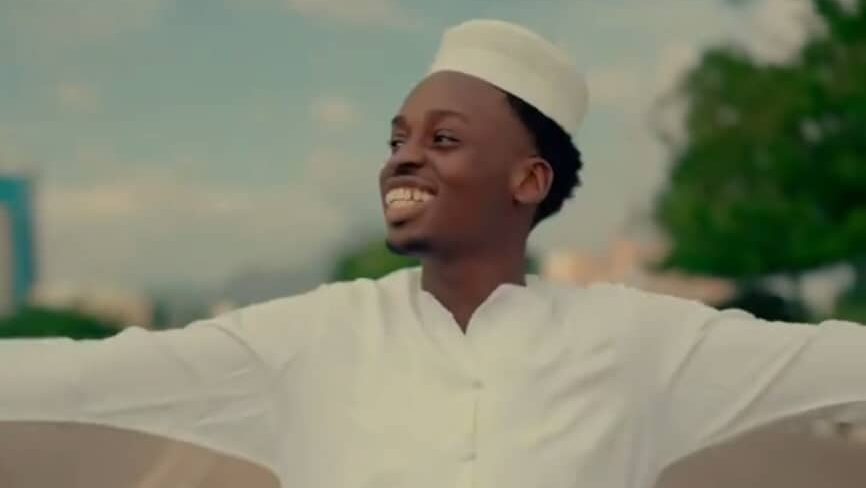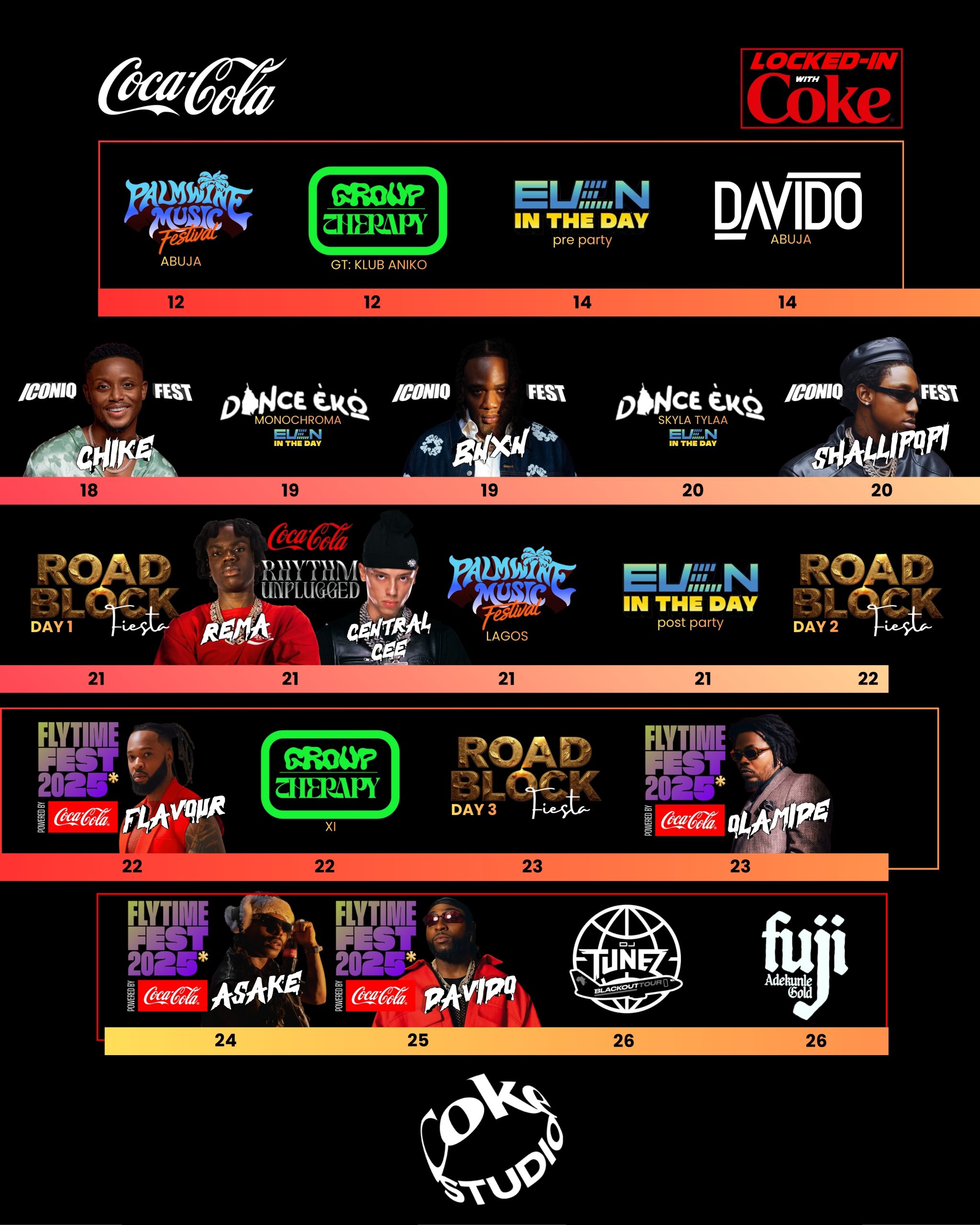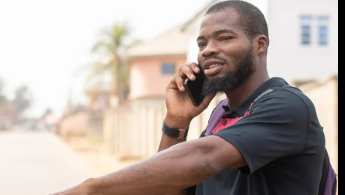On September 27th, content creator Tobeszn posted this video on X (formerly known as Twitter). Now at 3.3M views, it’s safe to say the video has caught the attention of Nigerians. Small problem: they are NOT happy.
Tobe begins the video with the line, ‘they say Nigeria is bad’, followed by clips of the reality on ground: news headlines, audio clippings, etc. He then goes, ‘but I say Nigeria is beautiful’ and proceeds to show another reality: the great physical beauty of some parts of the country. Nothing he showed was untrue. In another portion of the video, he says, ‘there are 2 sides to every story, and it’s time we start telling ours’, which is the bit that sounds like propaganda, because it seems like he’s saying the bits about suffering are being peddled by outsiders to tarnish the nation’s image, or that we shouldn’t speak of the country’s ills. That part, rightfully, ruffled several feathers.
But truthfully? I sort of get him.
The Story He Tried to Tell
As a storyteller, I understand what he was reaching for. He wasn’t denying Nigeria’s failures; he was trying to highlight the beauty that still exists. That instinct isn’t inherently wrong. After all, something can be bad and beautiful at the same time.
But here’s the problem: the story was poorly told.
The Realities He Overlooked
- First, landscape is the least of our worries. Nigerians are navigating daily crises: skyrocketing inflation, insecurity, joblessness, hunger. The mountains and waterfalls don’t help anyone, and for many, it feels insulting to suggest otherwise.
- Second, we can’t access the beauty. Even if we wanted to marvel at the landscapes, most Nigerians can’t afford to travel or don’t feel safe enough to. Beauty that exists only in theory, or on Instagram reels, is beauty out of reach. This is why the line ‘I’m not asking you to change Nigeria, I’m asking you to see it’ was particularly triggering for many.
- Third, it was tone-deaf. The images of natural wonders were set like they alleviated the earlier scenes shown of malnourished children and instances of international disrespect, which can feel dismissive, as though pain is being papered over with aesthetics.
The Question of Timing
The video also landed at a terrible time. Within days, a young lawyer was kidnapped. Arise News reporter Sommie Maduagwu was killed. Kwara State was attacked by ‘bandits’. The juxtaposition of tragedy with ‘Nigeria is beautiful’ became unbearable for many viewers.
But here’s the uncomfortable truth: when would have been the right time? Nigeria is perpetually shambolic. Except during extraordinary collective moments like #EndSARS, there’s rarely a “safe” window to say anything optimistic about the country. Tragedy is ongoing, predictable, and constant.
So, was he supposed to know what would happen that week? Of course not. But the timing inevitably made his message fall flat.
Where Do We Go From Here?
This brings us to the bigger question: should we vilify people for trying to spotlight the good in Nigeria?
I don’t think so. This isn’t enough to warrant the likes of “may it never be well with you” being hurled his way. Cynicism alone won’t save us, and despair can’t be the only narrative. At the same time, if you want to tell a story about Nigeria, you can’t just pick and choose the pretty angles. The storytelling has to hold tension: to admit that beauty exists, but so does unimaginable suffering.
Maybe the real takeaway from Tobeszn’s video isn’t whether Nigeria is beautiful, we already know it is. The real issue is how we tell that story, when we tell it, and whether we leave enough room for Nigeria’s pain while still daring to acknowledge its beauty.
Because in the end, Nigeria is both. Bad and beautiful. Broken and breathtaking. Always both.




